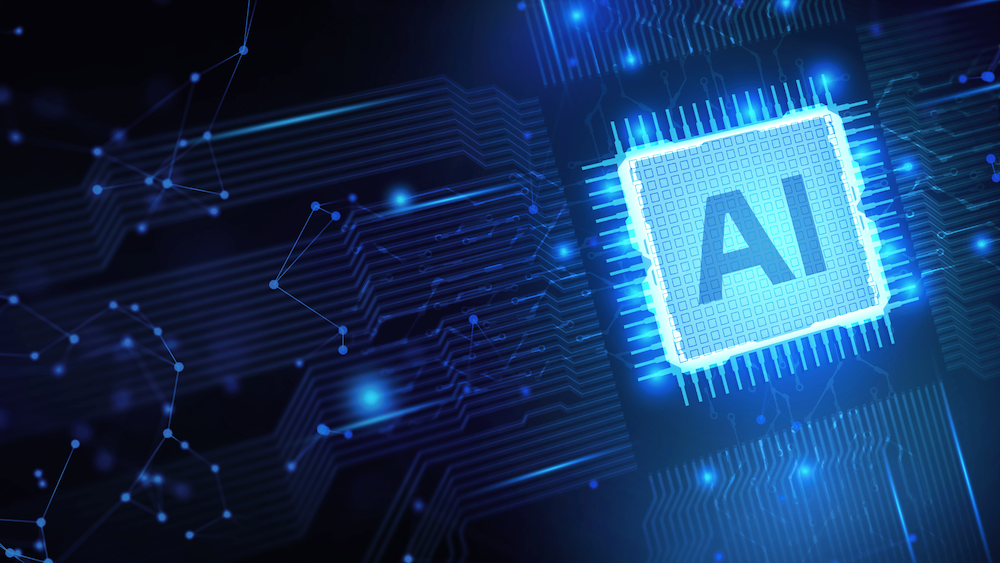GenAI and Machine Learning appear to be the latest buzzwords that everyone’s talking about. But where did AI come from and how can you implement it in your Commercial Value Management strategy to make your job easier? Our CTMO, Nick Francis, takes it back to the basics and shares the three stages of AI, from how it started to where it’s going. Watch the video to find out:
Since the 1950s, we’ve been talking about machine learning and automation, envisioning a future where tasks become faster and more efficient. The journey led us to the era of narrow intelligence, marked by the introduction of personal assistants like Siri, Alexa, and Cortana. However, this was just the starting point of a captivating expedition through the realms of artificial intelligence (AI).
From the late ’90s to 2011, AI witnessed the emergence of narrow intelligence. Personal assistants became familiar, offering users the ability to interact and gradually expand their capabilities. Despite their simplicity, these assistants paved the way for more advanced developments in the AI field.
Around 2012, AI shifted towards the development of artificial general intelligence (AGI). This period saw the rise of models like ChatGPT and generative AI, representing a leap forward in machines’ ability to understand and generate human-like language. AGI opened up new possibilities, allowing machines to comprehend and learn from diverse sources.
Looking ahead, the AI community contemplates the potential arrival of artificial superintelligence, capable of surpassing human capabilities in various tasks. This exciting prospect raises questions about the implications and ethical considerations surrounding highly advanced AI systems.
In 2017, a pivotal moment occurred with the introduction of the “Attention is All You Need” document by brilliant minds, many associated with Google. This document introduced the transformer architecture, a revolutionary approach that transformed the way AI processes language, significantly enhancing comprehension.
This breakthrough influenced OpenAI, the organisation behind GPT (Generative Pre-trained Transformer), now a commercially recognised player in the AI space. The transformer architecture has become a cornerstone in the development of advanced AI models, accelerating progress and mitigating challenges that existed before 2017.
While OpenAI has gained commercial prominence, numerous other businesses actively contribute to AI network development. The field continues to evolve, with new models and networks being built to address diverse challenges and applications. The pace of innovation remains dynamic, shaping the future landscape of artificial intelligence.
The journey from narrow intelligence to the transformative era of AGI and the prospect of artificial superintelligence is a testament to the relentless pursuit of understanding and replicating human intelligence. The transformer architecture pioneered in 2017, has played a crucial role in accelerating the progress of AI models, with organisations like OpenAI at the forefront of this technological revolution. As we look to the future, the possibilities for AI seem limitless, and staying informed is key to navigating the ever-changing landscape of artificial intelligence. To delve deeper into the world of AI, explore our series on our website or LinkedIn channel.
Are you looking to implement GenAI capabilities into your Customer-Supplier management strategy in 2024?
Book a demo to see what the latest Brooklyn platform is going to look like for our customers and how we will use AI to streamline commercial relationship management, whilst monitoring risk and compliance:



